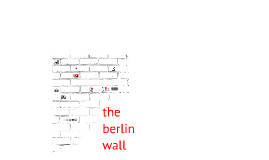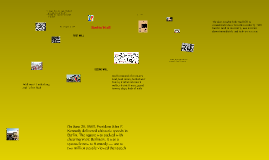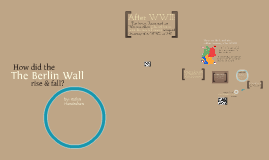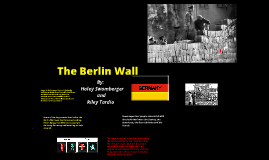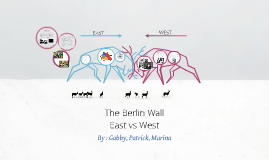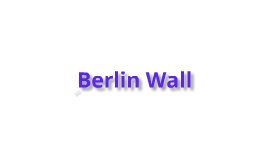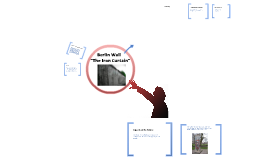Berlin Wall
Transcript: In September 1960, Walter Ulbricht (1893-1973) became the head of the German Democratic Republic (GDR) The government of the GDR faced the serious problem of a "brain drain" and a loss of people. Decided to order the construction of a wall around East Berlin, dividing the former German capital into western and eastern sections The Berlin Wall has become inspiration for a lot of different artworks such as songs, from the works of David Bowie and Nena, to the actual graffiti that is splayed across the remains of the wall. “I can remember, standing by the wall, and the gun shot above our heads, and we kissed as though nothing could fall. And the shame was on the other side, oh we can beat them, for ever and ever, then we can be heroes, just for one day.” “The war machine springs to life, opens up one eager eye, focusing it on the sky. Ninety-nine red balloons go by ninety-nine Decision Street, ninety-nine ministers meet, to worry, worry, super-scurry, call the troops out in a hurry.” Berlin Wall graffiti At the end of the second world war, Russia has beaten the east side of Germany which will now belong to Russia. Russia had to give 2/3 of their land to their allies. Culture : East Vs West Many citizens involved themselves in violent protests when the wall was built. They were torn away from their families and friends for living in a certain part of the country. After August 23, 1961, citizens of West Berlin were no longer allowed to enter East Berlin there was a wall that comprised concrete segments with a height of about about 13 feet, usually with a concrete tube on top of it. Behind it on the east side lay an illuminated control area — also called the "death area." Refugees who had reached that area were shot without warning. More than 5,000 people successfully crossed the Berlin Wall to freedom. More than 160 people were killed in the death area, and another 120 people were injured. About 3,200 people were arrested in the border area WEST After the 2nd World War Berlin was divided into 4 sectors Refugees fled from East to West in search of a society sound enough for them to work for the barest daily essentials 4,600 doctors, 15,885 teachers, 738 university teachers, 15,536 engineers and technicians moved from East to West Germany Continued By : Gabby, Patrick, Marina EAST Artistic Expression Walter Ulbricht (1893-1973) Overview The Berlin Wall East vs West Communist leader noticed that thousands and thousands of people were leaving the East side of Germany to go over to the West. Communist leader needed to think of a plan to keep people in East Berlin because they needed people for workforce since their economy was going down. On August 13th, 1961, the barrier was officially under construction. Protests






